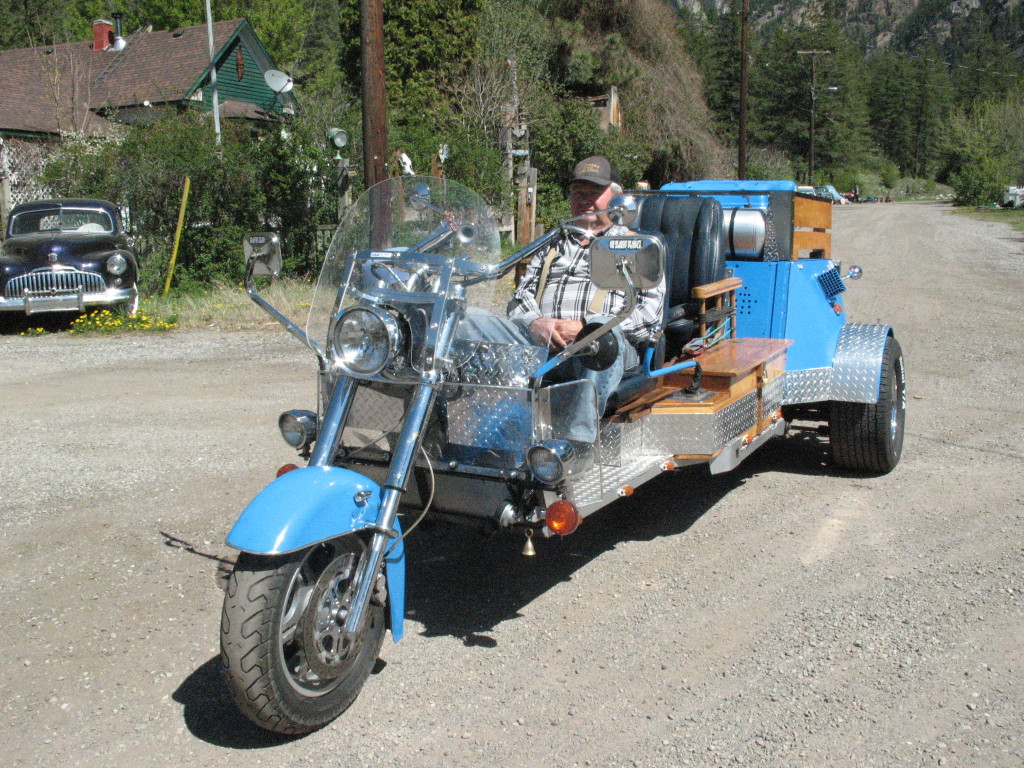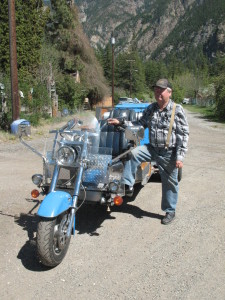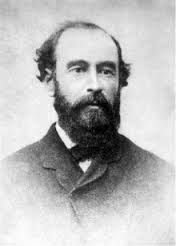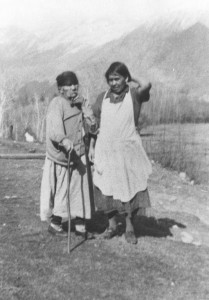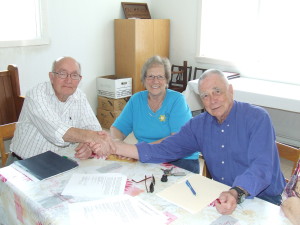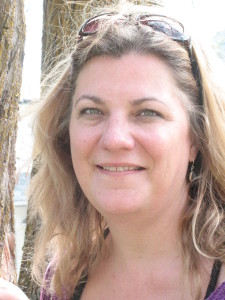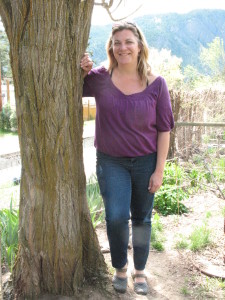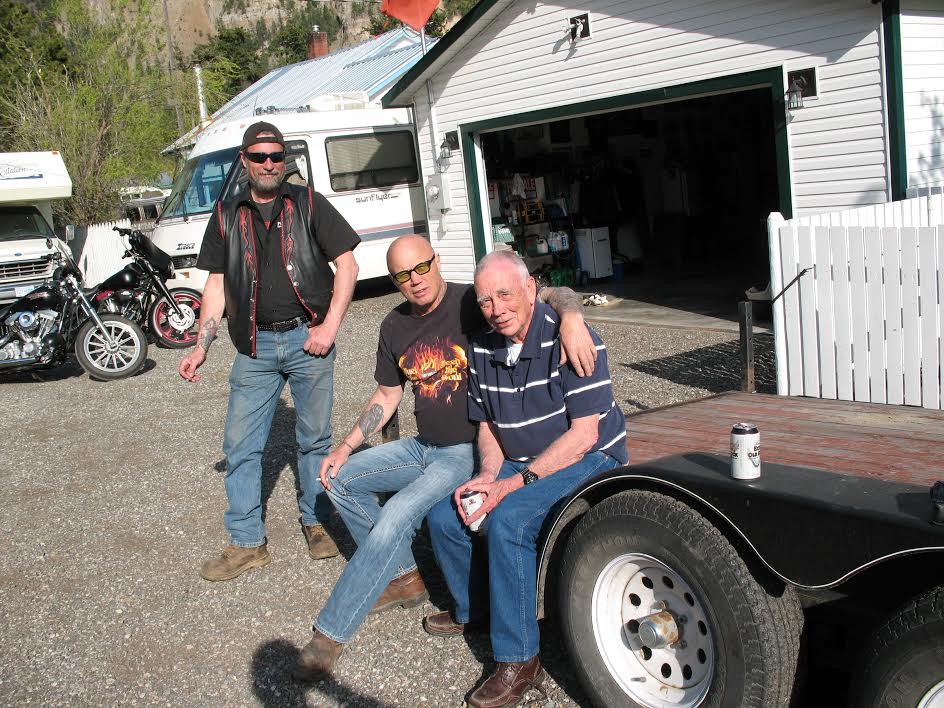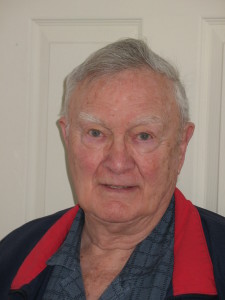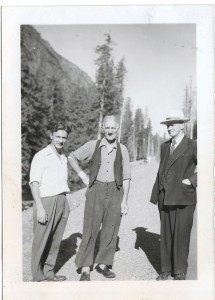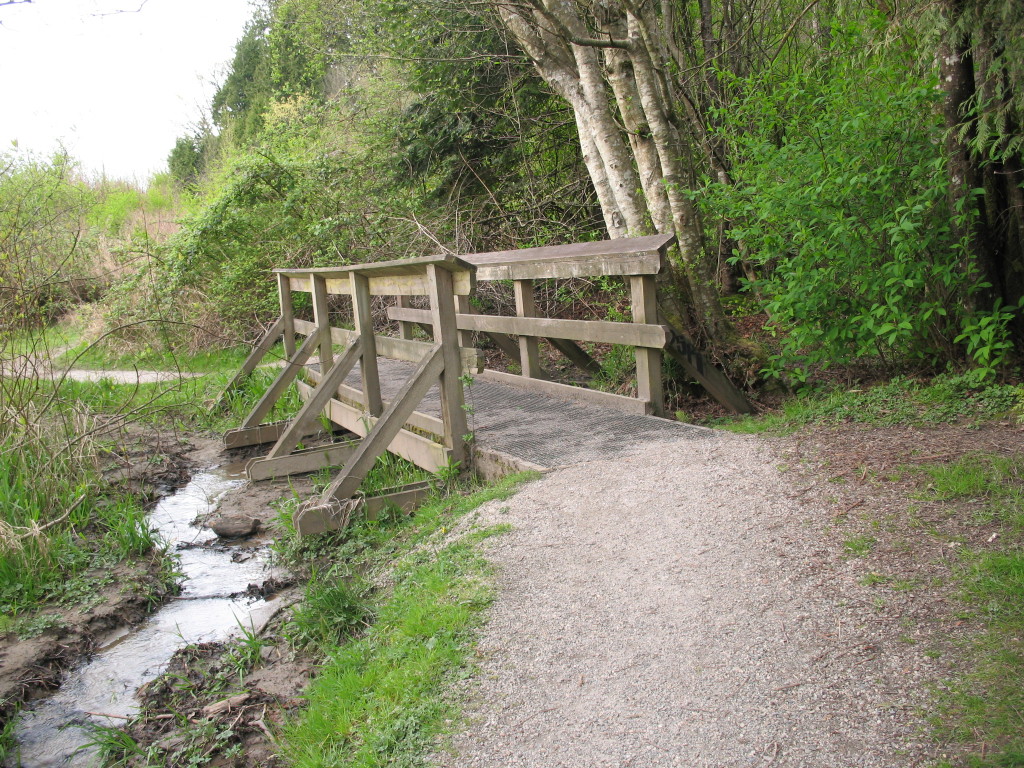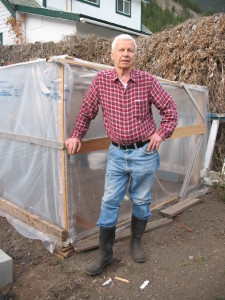Recently I received an e-mail that thoroughly mystified me. It was a copy of a grim diatribe against a concept being floated by a couple of community advocates in Hedley. As reported in this paper last week, Angelique Wood and Kim English are asking local residents to think about establishing a Community Land Trust here. The concept was first instituted in India and has been successfully implemented in a number of North American communities.
Without providing any documentation, the nay-sayer raises a number of complaints against Community Land Trusts and those associated with them. Since there is no reference to sources, we have to ask whether the complaints are based on facts or mere assumptions. The writer says, for example, “Most CLT proponents espouse anti-development and collectivist ideologies generally detrimental to any community.” This is a pretty sweeping, all-encompassing assertion.
If there is a case to be made against Community Land Trusts, it needs to be based on solid research, not on skimpy information gleaned from a negative on-line article.
I do believe a community can benefit from those who take the time to rigorously examine proposals like this. We need to know that the vision of the proponents is backed up by a thorough understanding of the needs of the community. Questions based on scrupulous research will require the proponents to explain why their idea has merit. If the questioners and proponents are willing to enter into a productive dialogue, the idea may become even more beneficial.
We’ll never make progress if we automatically throw out ideas just because they are unfamiliar. If a new concept will benefit the people in our community, why would we let a “knee jerk” response turn us against it? In spite of this nay-sayer’s rather bitter opposition, a Community Land Trust does appear to offer possibilities and, in my view, warrants careful consideration.
For English and Wood, their vision for a Community Land Trust appears to be a means to an end, not an end in itself. They speak of it in conjunction with a variety of services that would enable seniors to stay in this community. These services might include Meals on Wheels, the presence of a nurse on a part-time basis, more adequate transportation to medical facilities in Penticton, etc.
Margaret Skaar, is a longterm Hedley resident who 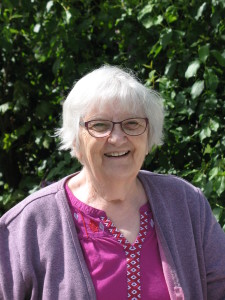 contributes many volunteer hours to local groups. She would like to live here as long as possible. She says, “when moving here 25 years ago, we had a much better health care support service. This has been eroded over the years. If we want to age in Hedley, something has to be done to turn this around. To leave things as they are, we will be either a dying community or will be eaten up by a land grab with prices sky rocketing along with our taxes. We need to examine the potential of a Community Land Trust by assessing the needs of Hedley’s residents.”
contributes many volunteer hours to local groups. She would like to live here as long as possible. She says, “when moving here 25 years ago, we had a much better health care support service. This has been eroded over the years. If we want to age in Hedley, something has to be done to turn this around. To leave things as they are, we will be either a dying community or will be eaten up by a land grab with prices sky rocketing along with our taxes. We need to examine the potential of a Community Land Trust by assessing the needs of Hedley’s residents.”
A few negative agitators can put a stranglehold on an idea that could have positive potential for a community. With their bold attacks it is possible some citizens might be persuaded to agree with them. Often they speak with a note of authority. Faced with their onslaught, the proponents may become discouraged. The nay-sayer in this case concluded with the words, “We therefore suggest that Angelique Wood and Kim English care for ‘the poor’ somewhere else.”
Very likely some individuals with a negative mind-set toward improving a community honestly believe they are right. In some instances, if they are listened to respectfully, they become willing to work collaboratively with positive minded people.
When agitators are motivated by jealousy or vengefulness it is unlikely they will change their thinking. If they are not resisted, they have the potential to turn people against those who wish to improve conditions. There are times when it is not a good idea to “live and let live.” There are times when a community should not remain silent.
I don’t know enough about Community Land Trusts to recommend this as a good approach for Hedley. However, if we want constructive change that enables young families to buy homes here, and permits seniors to stay longer, we will need to listen to individuals who have positive ideas and the will to make them a reality.

